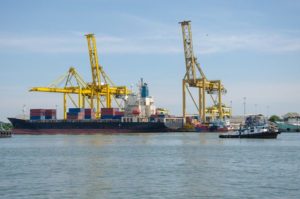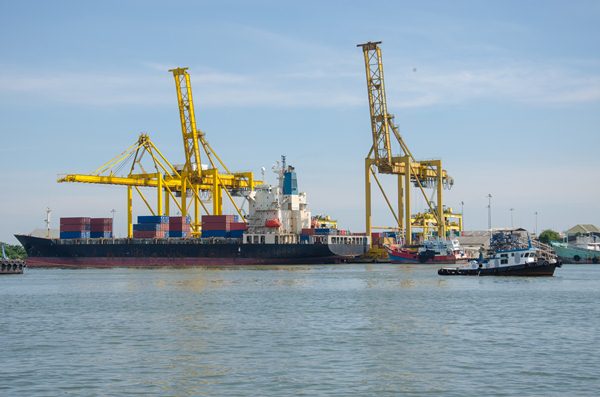 The shipping industry will continue to see the decline of trade volumes and freight rates as a new year and a new decade begin, a report from the Baltic and International Maritime Council (BIMCO) predicts.
The shipping industry will continue to see the decline of trade volumes and freight rates as a new year and a new decade begin, a report from the Baltic and International Maritime Council (BIMCO) predicts.
BIMCO in its magazine “Reflections 2020” said the recent trend of falling trade-to-GDP ratio will exacerbate the supply-demand off-balance in the shipping industry.
“The drop can be explained by slowing globalisation, as well as increasingly protectionist measures being implemented around the world, spearheaded by the US. The raised barriers to trade are here to stay as we enter a new decade, with the shipping industry stuck with the consequences,” said the report written by BIMCO chief shipping analyst Peter Sand.
Although a phase 1 deal was reached by the US and China in December, BIMCO still expects the trade war between the two superpowers to continue to plague shipping in 2020 because “the most difficult issues have yet to be addressed.”
“Unfortunately, the US and China are not the only ones engaging in tariff wars: the EU also faces additional levies from the US and we are seeing trade tensions develop between Japan and South Korea,” Sand added.
“The effects of the worsening of the fundamental shipping market balances [in 2019] will continue to be felt in 2020, as the balance is not reset to zero when the calendar year changes,” he explained.
BIMCO further warned that the worsening balance between the supply of ships and demand “will be detrimental to shipowners’ ability to pass on the additional costs associated with compliance of the new IMO 2020 Sulphur Cap.”
For container shipping in particular, the trade war “will continue to drag down trade volumes and freight rates” in 2020, BIMCO said.
“Intra-Asian volumes remained flat in 2019 compared with 2018—a worrying trend, because without volume growth here, volumes on the longer haul routes out of Asia are unlikely to grow.”
Furthermore, global container shipping demand grew by just 1% in the first nine months of the year, while the fleet has grown by 3.7% over the same period.
Sand also pointed to the continued deliveries of many ultra-large container ships this year, which would send relatively smaller ships onto other routes.
“These smaller ships are not necessarily particularly small, however. Some have capacities of more than 10,000 TEU and will enter trades where there is no appetite for them, adding further pressure to freight rates and bottom lines,” said Sand.
Photo by Khunkorn Laowisit





